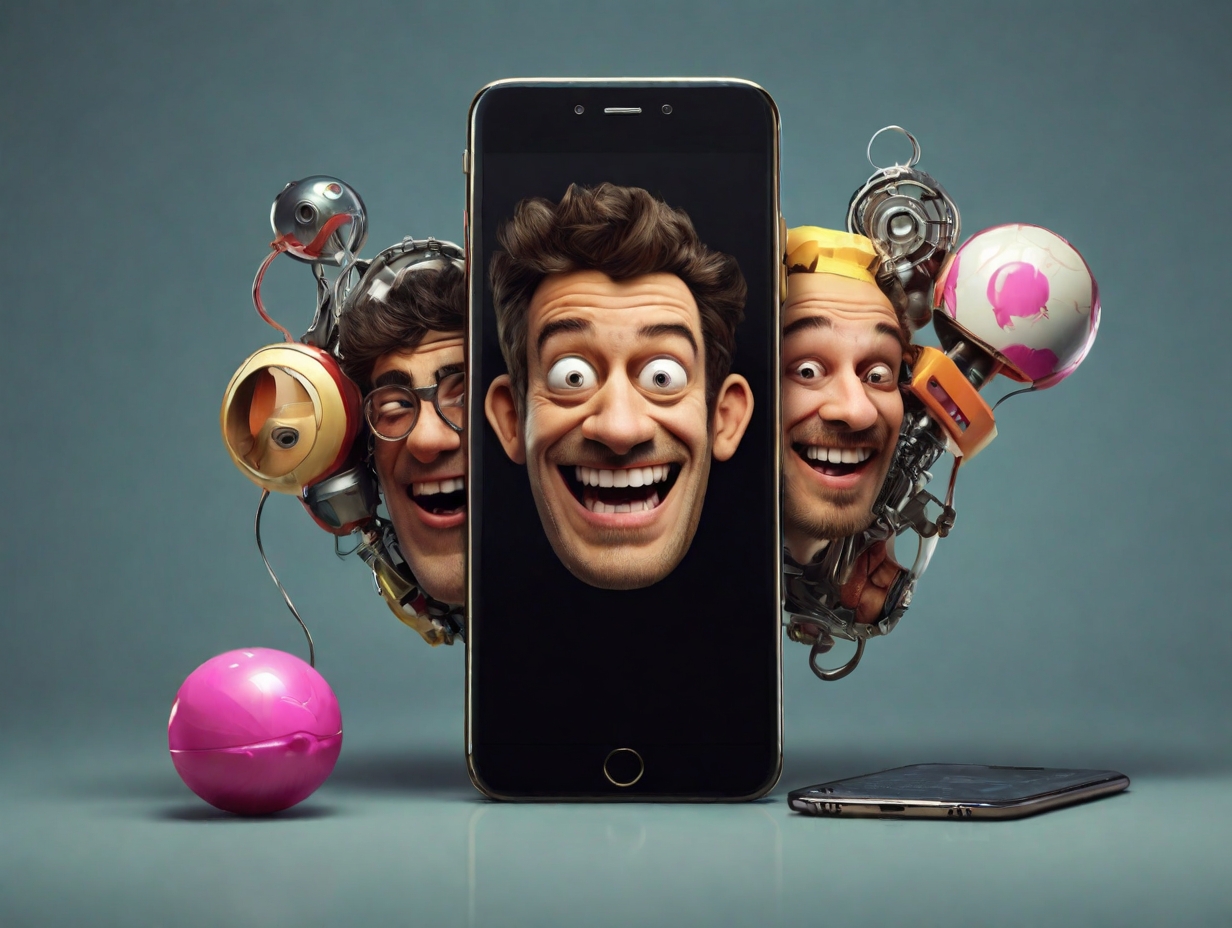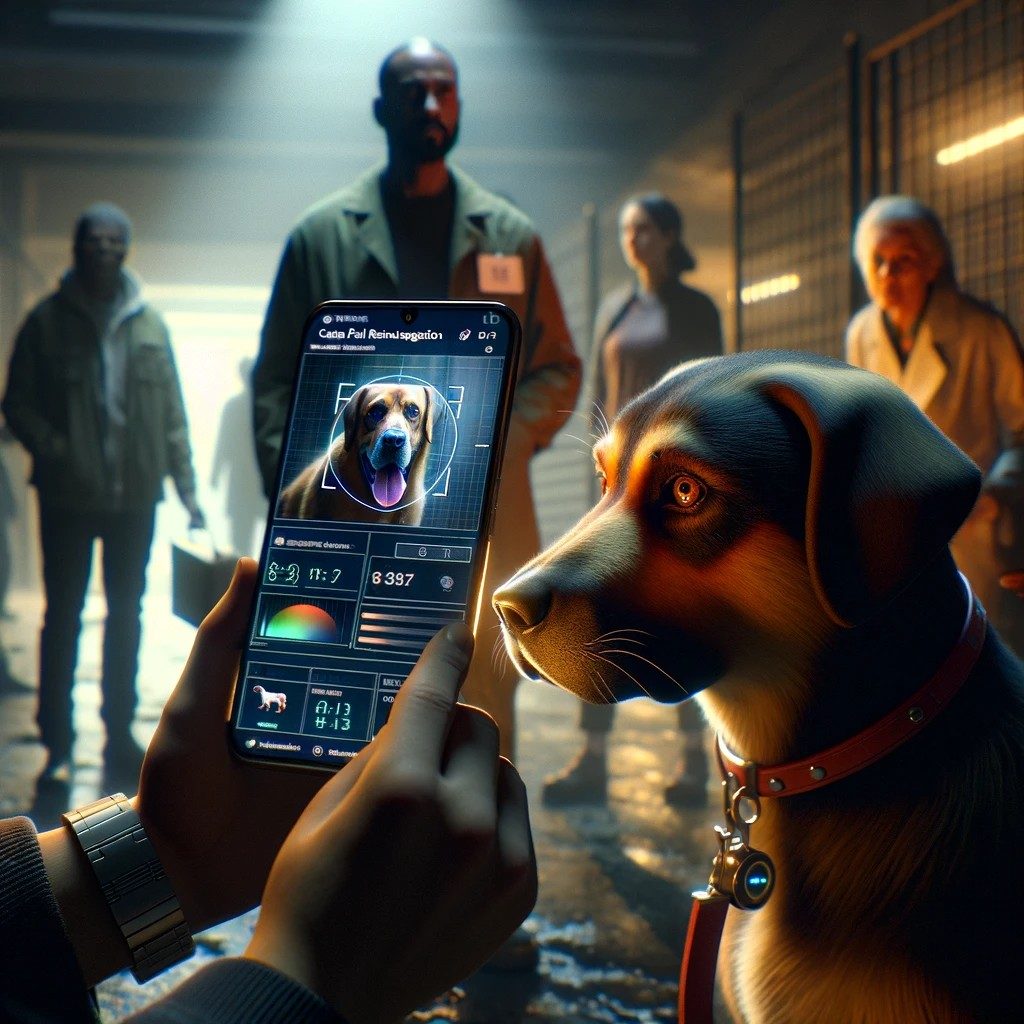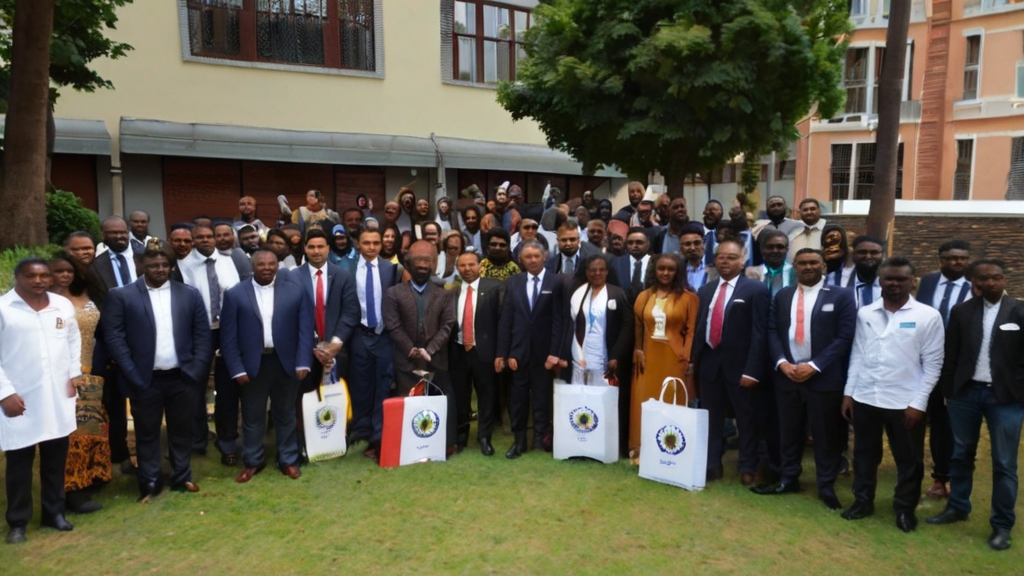In the modern era, the age-old tradition of April Fools’ Day has taken on a new dimension with integrating artificial intelligence (AI) into our daily lives. As AI becomes increasingly prevalent, it has emerged as the ultimate prankster’s toolkit, capable of orchestrating elaborate and personalized pranks with unparalleled precision.
Gone are the days of generic pranks; AI’s deep learning capabilities enable the creation of shockingly personalized hoaxes. AI can craft pranks tailored to individual preferences and behaviors by leveraging data from various sources. For instance, an AI assistant might concoct a fake notification announcing the revival of a long-beloved TV show based on the user’s viewing history. These personalized pranks evoke a roller coaster of emotions, amplifying the surprise and amusement of April Fools’ Day antics.
Virtual Reality: A playground for AI mischief
The advent of virtual reality (VR) and augmented reality (AR) has opened up new avenues for April Fools’ pranks. With AI at the helm, virtual experiences can be manipulated to deceive and delight unsuspecting participants. Imagine donning a VR headset expecting a tranquil beach scene, only to find yourself trapped in a virtual office with an endless Zoom meeting. Additionally, AR glasses could superimpose fake spiders crawling on surfaces, eliciting genuine reactions of fear and disbelief. The fusion of AI and immersive technologies promises to redefine the boundaries of April Fools’ Day pranks, blurring the lines between reality and illusion.
While AI-enhanced pranks offer boundless creative potential, a fine line exists between harmless fun and unintended consequences. The precision and sophistication of AI algorithms amplify the impact of pranks, but they also raise ethical and legal considerations. For example, altering presentation slides with memes may elicit laughter in casual settings but could jeopardize professional engagements. Similarly, AI-driven devices such as self-driving cars must prioritize safety over amusement to prevent potentially hazardous situations. As the line between reality and virtuality blurs, it becomes imperative to exercise caution and responsibility when orchestrating AI-enabled pranks.
Real-world examples: A glimpse into the future
Integrating AI into April Fools’ Day pranks is not merely speculative; several tech giants have already showcased the potential of AI mischief. Google’s announcement of AI-enabled communication with tulips and Amazon’s jest about Alexa mimicking celebrity voices are prime examples of AI-driven hoaxes. While these pranks elicited laughter and intrigue, they also underscored the transformative power of AI in shaping our everyday experiences. As technology advances, the line between fantasy and reality will continue to blur, offering endless possibilities for innovation and amusement.





